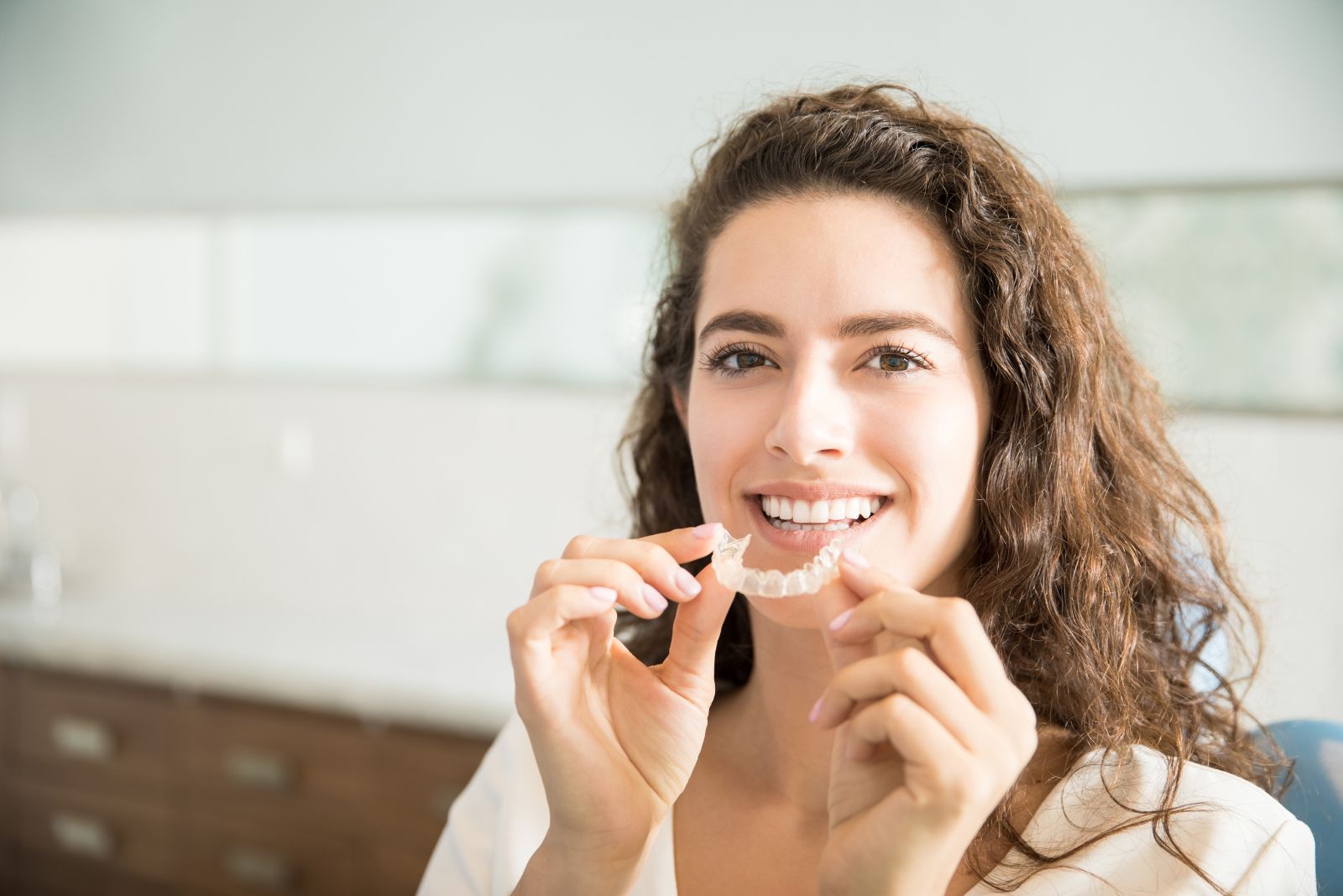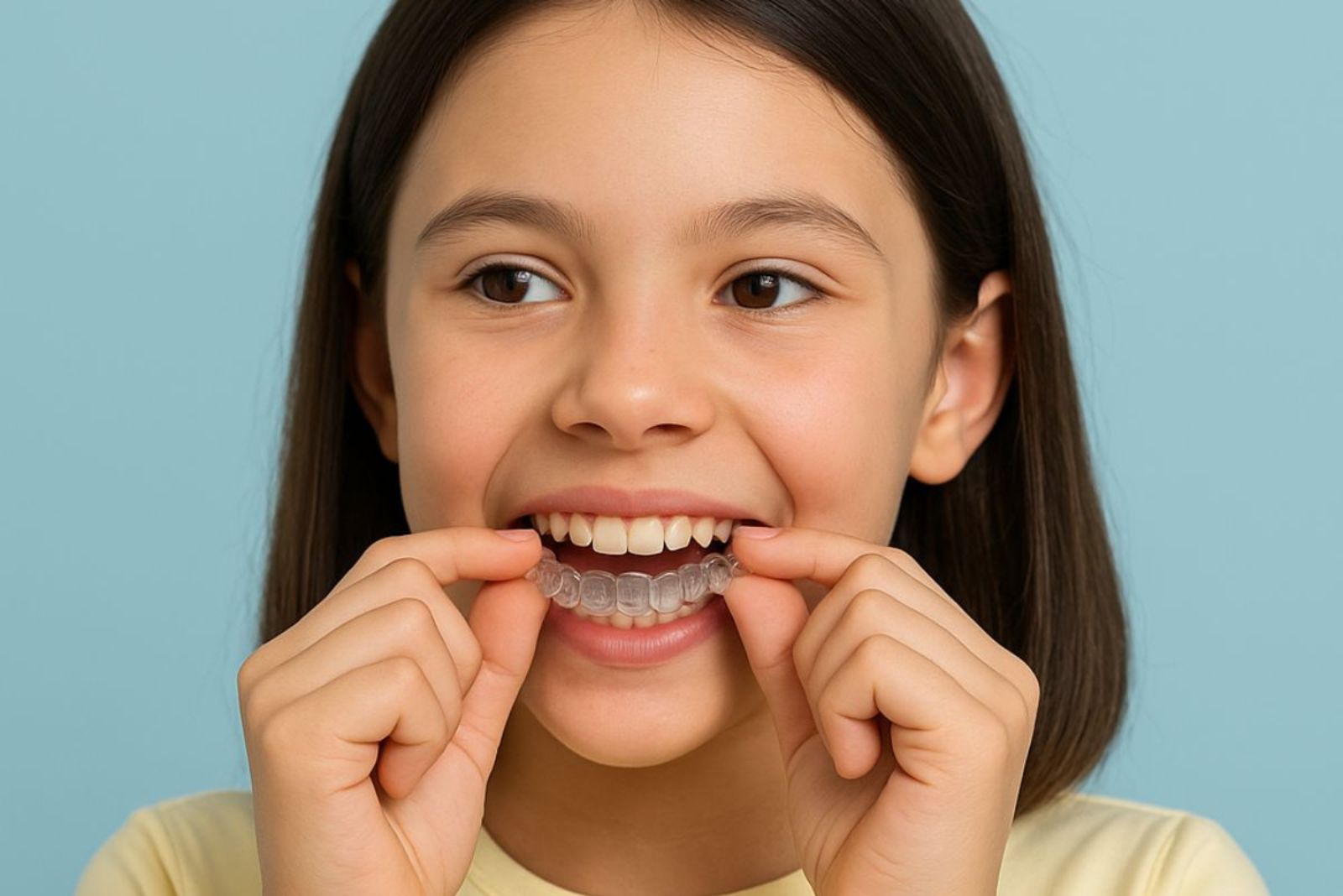When a child’s tooth is damaged or badly decayed, parents may worry about how to protect their little one’s smile. In many cases, the solution is a dental crown.
A crown is a tooth shaped cap that covers and protects the weakened tooth, restoring its strength, shape, and normal function.
While most people think crowns are only for adults, children often need them too, especially when fillings are not enough. Placing a crown helps the tooth stay healthy until the permanent tooth is ready to come in.
Understanding this procedure can help parents feel calm, informed, and confident about treatment.
Why Children May Need a Dental Crown
Children’s teeth are important even though they eventually fall out. Baby teeth help with chewing, speaking, and guiding adult teeth into the right position. If one of these teeth is weakened by decay or injury, it can affect overall dental health.
- Tooth decay: Cavities are very common in children. If left untreated, decay can spread quickly through the softer enamel of baby teeth.
- Broken or damaged teeth: Accidents during play or sports can chip or break teeth, making them difficult to use for chewing.
- Developmental issues: Some kids have teeth that form weaker than normal, requiring extra protection.
In all of these cases, a dental crown in Methuen helps restore the tooth so it can continue to function until the adult tooth grows in.
Step 1: Initial Consultation
The crown process begins with a visit to the dentist. At this appointment, the dentist checks the child’s tooth, takes X rays if needed, and discusses treatment with the parent.
This is the time to ask questions and talk about any concerns. The dentist explains why a crown is recommended and what the procedure will involve.
For children, feeling safe is just as important as the treatment itself. The consultation helps set the stage for a positive experience.
Step 2: Preparing the Tooth
Before placing a crown, the dentist must prepare the tooth. This starts with numbing the area so the child is comfortable and pain free. Then, the dentist carefully removes decay and shapes the tooth so the crown will fit properly.
The goal is to keep as much of the natural tooth as possible while making sure the crown will stay securely in place. For many kids, the process feels similar to getting a filling, though it takes a little longer.
Step 3: Choosing the Right Type of Crown
There are two main types of crowns used for children:
- Stainless steel crowns: These are durable, cost effective, and commonly used for back teeth that do most of the chewing.
- Tooth colored crowns: Made of materials like zirconia or resin, these blend in better with natural teeth and are often chosen for front teeth.
The dentist recommends the right option based on the location of the tooth, the child’s age, and the family’s preference. Both types are safe and effective.
Step 4: Placing the Crown
Once the tooth is ready and the crown type is selected, the dentist places the crown. First, they check the fit by putting the crown over the prepared tooth.
If it feels right and the bite is comfortable, the crown is cemented in place with a special dental glue.
The dentist then checks again to make sure the child’s bite feels natural. Children usually adjust very quickly and can return to eating normally within a short time.
Step 5: Aftercare and Recovery
After the procedure, the child may feel a little numb or sensitive for a few hours. The dentist usually recommends avoiding sticky or hard foods for a short time.
Regular brushing and flossing remain important to keep the crown clean and protect the gums.
Parents should watch for any signs of problems, such as swelling, pain, or the crown feeling loose. These are rare but should be checked quickly if they happen.
Most children adapt well and may not even notice the crown after a day or two.
Supporting Details
Studies show that early childhood cavities affect nearly one in four children before kindergarten.
Dental crowns are often the best way to save these teeth rather than removing them.
For example, a child who struggles with repeated cavities may finally be able to chew normally again once a crown is placed.
This prevents problems with eating and speaking, helping the child feel more confident.
The Role of Orthodontics
Crowns are not just about saving a single tooth. They also help keep proper spacing in the mouth, which is important for the growth of adult teeth.
Without them, nearby teeth can shift and cause bite issues later on.
Parents looking for complete care, including orthodontics in Methuen, may find that crowns are part of a larger plan to protect their child’s smile.
Having healthy baby teeth makes orthodontic treatment smoother when it becomes necessary.
Parental Involvement and Comfort
Children often look to their parents for reassurance. Staying calm and positive during the dental visit helps the child feel more secure.
Dentists also play a big role by explaining each step in simple words and using a gentle approach.
The goal is to make every child feel safe and cared for during the crown procedure.
A friendly environment and supportive team can turn what seems like a stressful visit into a positive one.
How Crowns Connect to Long Term Dental Health

Crowns do more than protect a single tooth. They allow kids to chew normally, speak clearly, and maintain proper spacing for adult teeth.
For children in Methuen, dental crowns often play a role in avoiding more complex treatments later on, including braces and aligners.
That’s why parents sometimes hear about the connection between crowns and orthodontics in Methuen when planning their child’s care.
Conclusion
The dental crown procedure for children may sound complicated at first, but it is actually straightforward when explained step by step.
From the consultation to the final placement, the focus is on keeping the child comfortable and restoring the tooth’s strength.
Crowns protect teeth, prevent bigger problems, and support healthy growth until permanent teeth arrive. For parents, knowing what to expect can make the experience far less stressful.
If your child has a damaged or decayed tooth, talking to your dentist about crowns can be the first step to protecting their smile.
With the right care, kids can return to eating, speaking, and smiling with confidence.
Sources:








